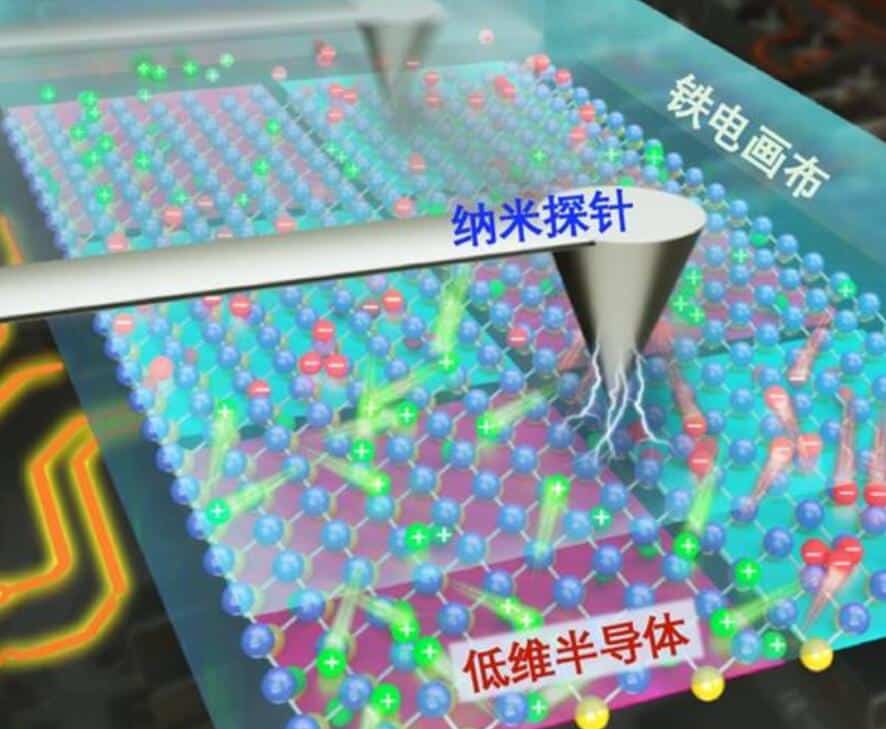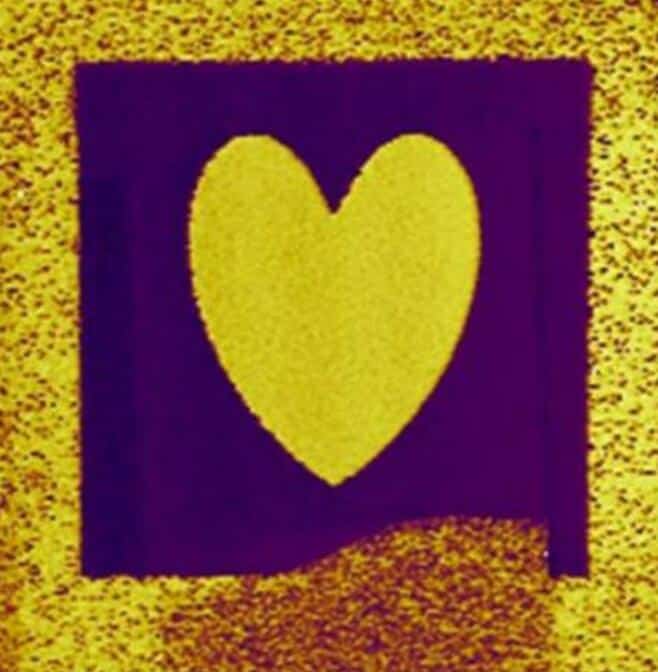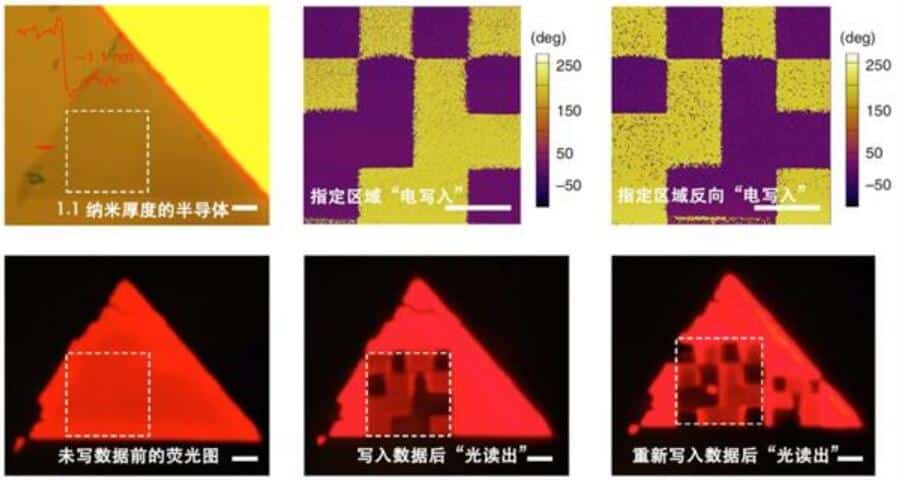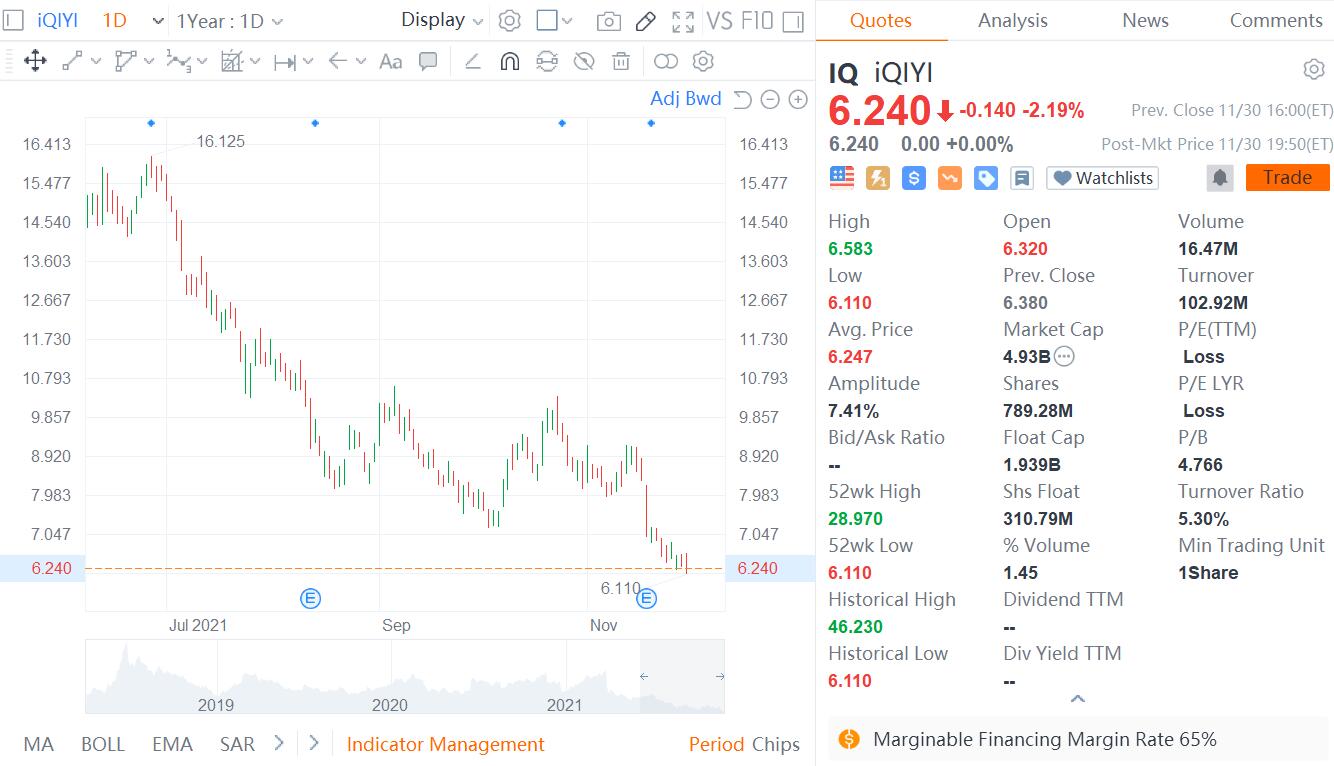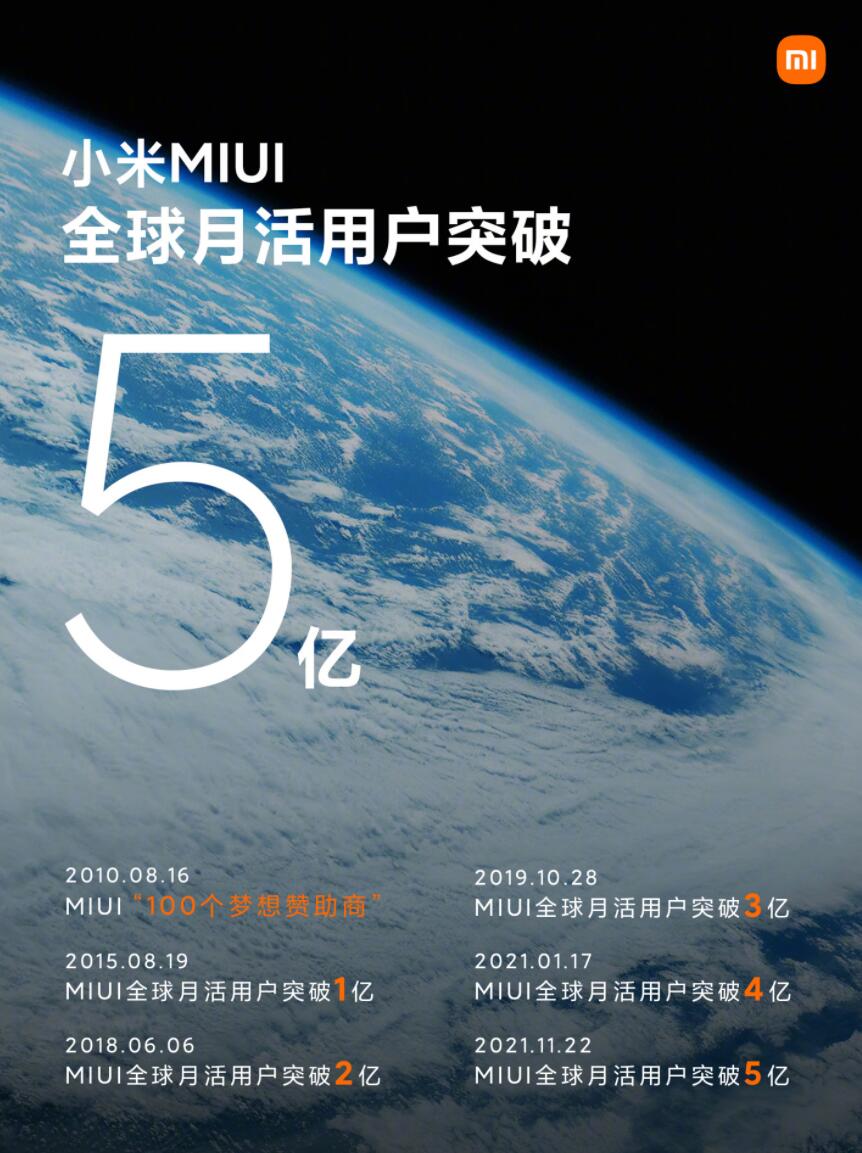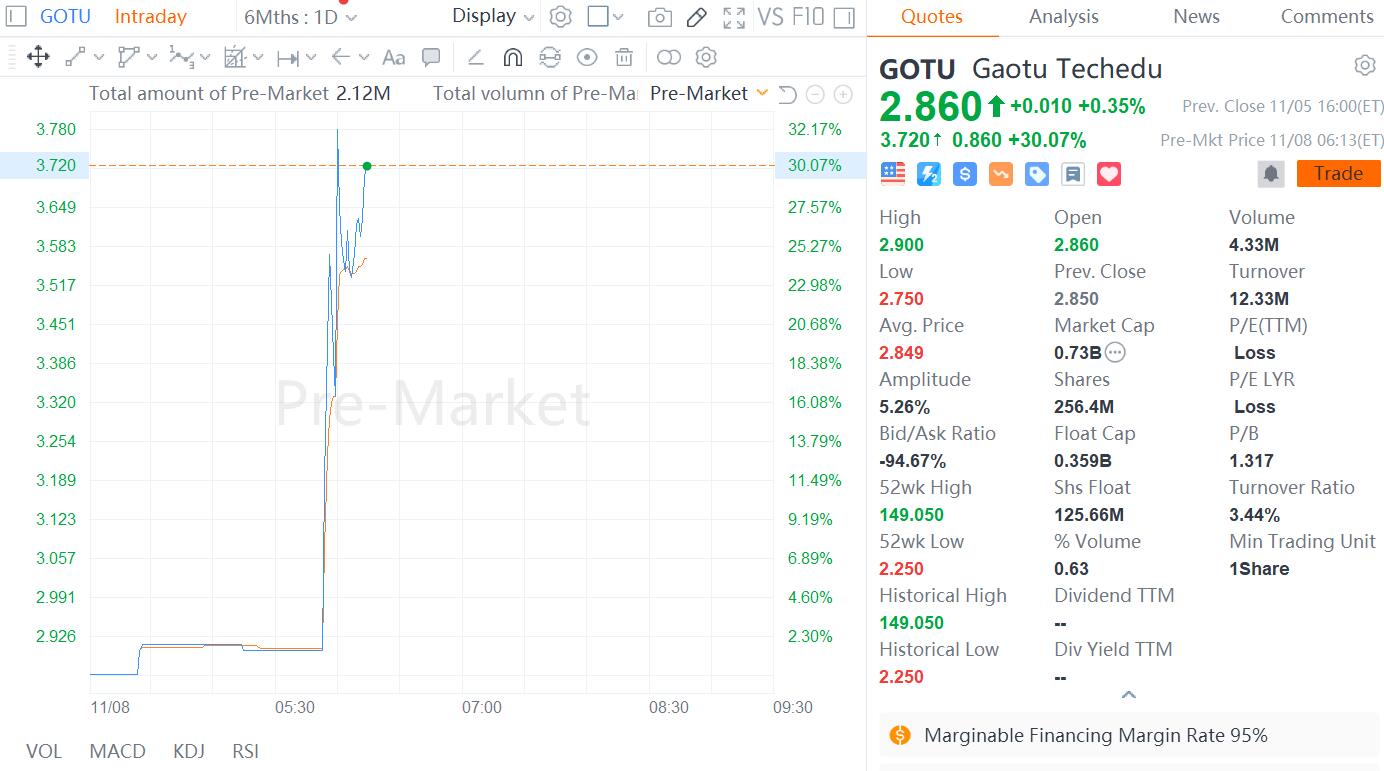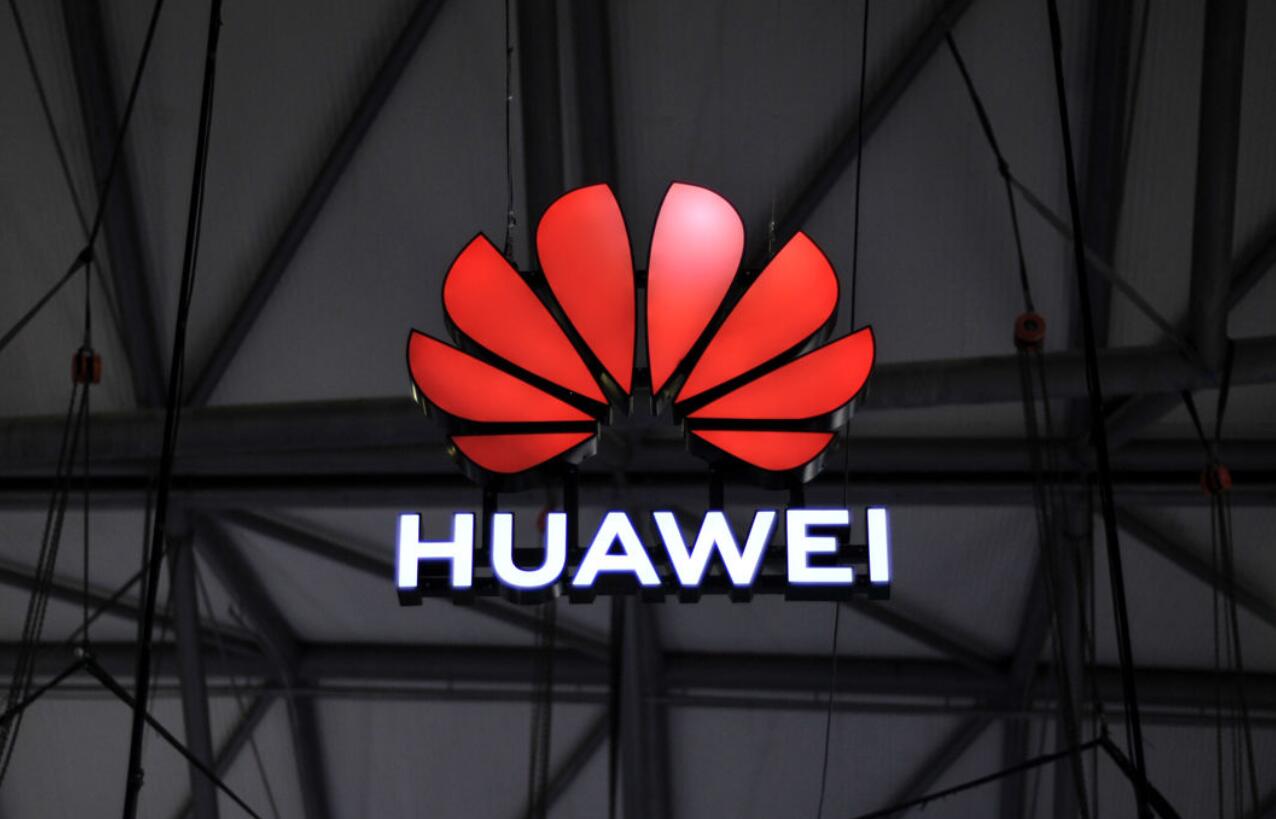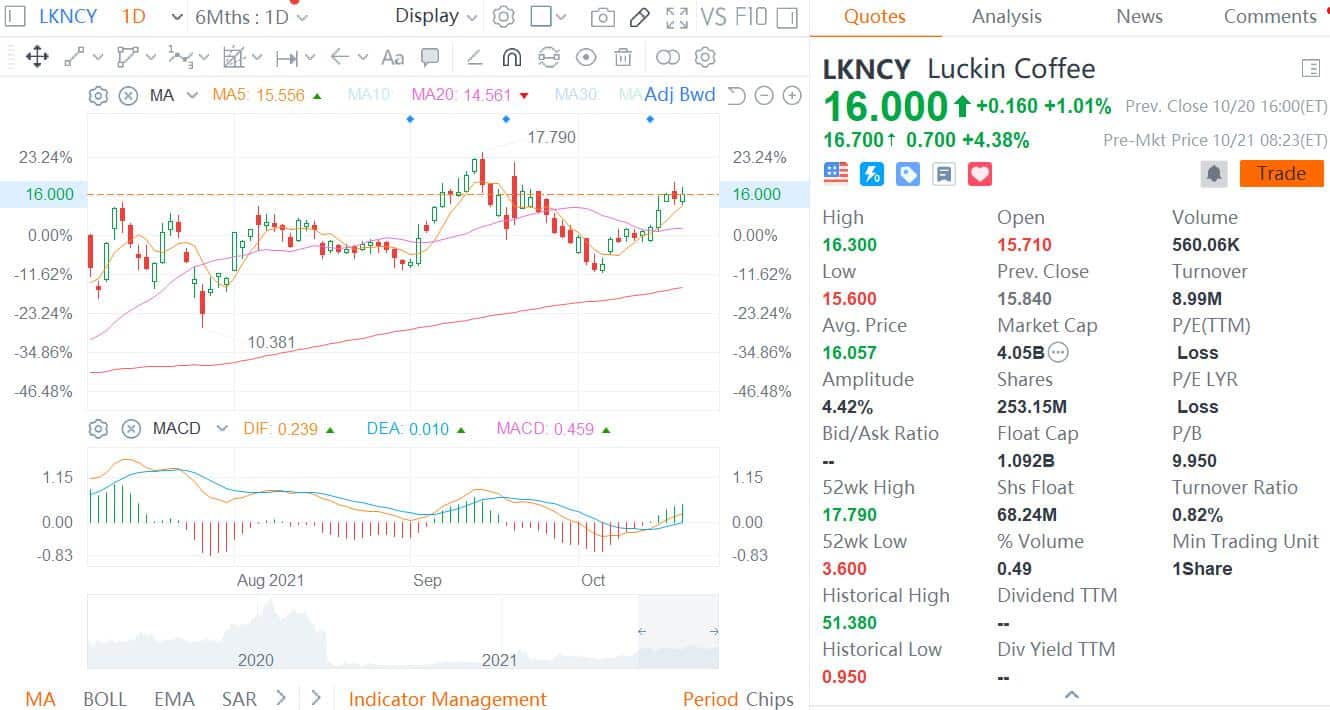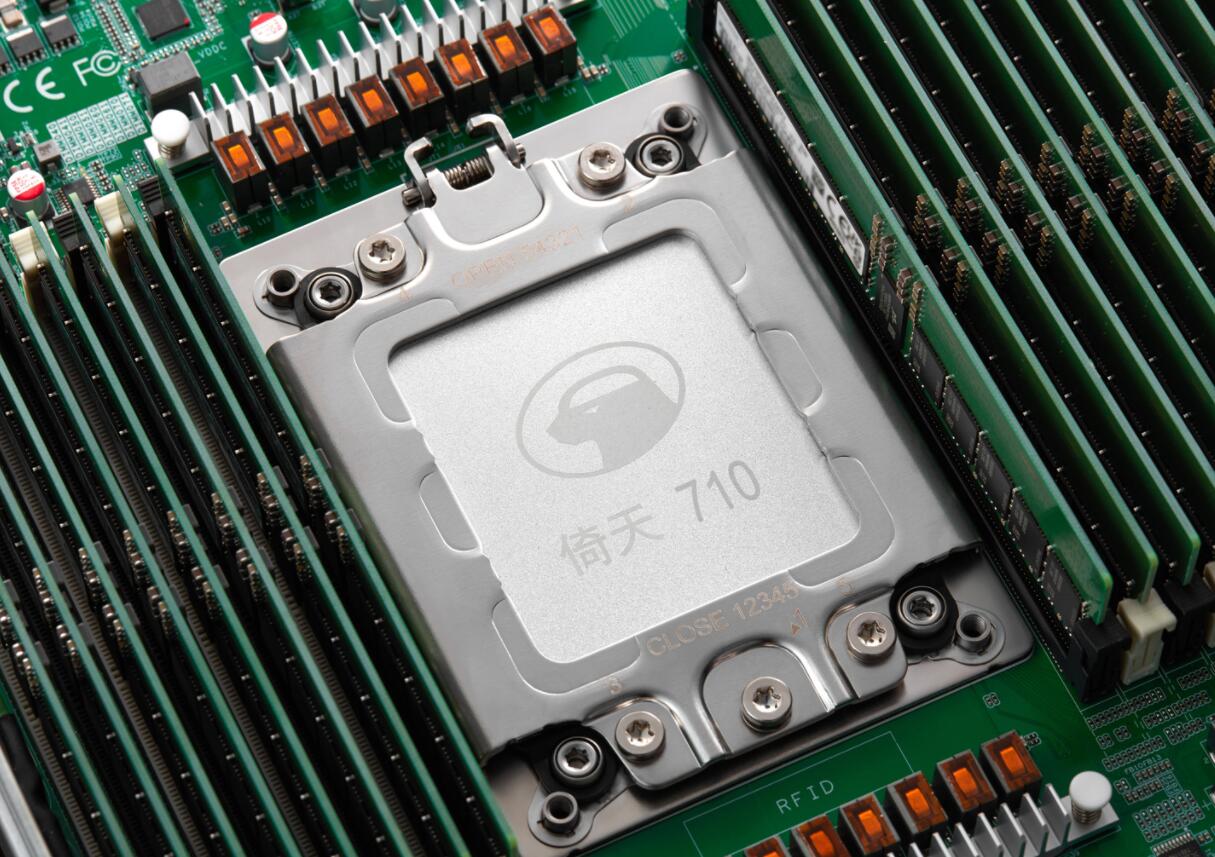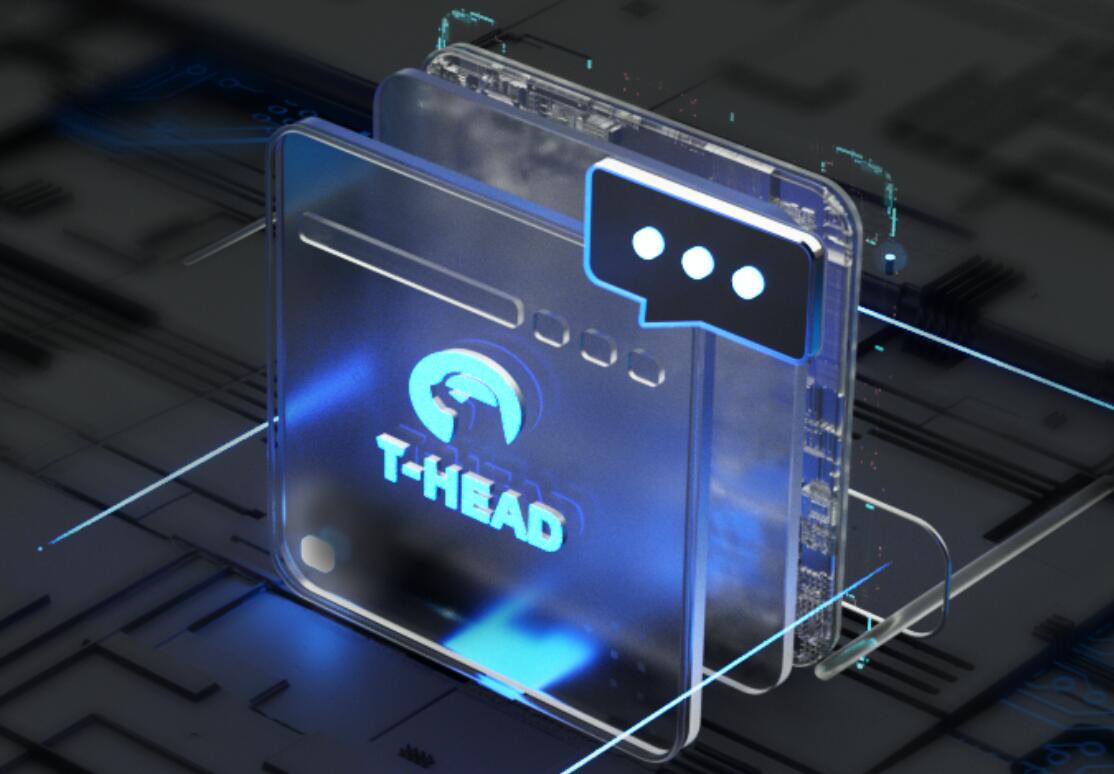The Chinese Academy of Sciences (CAS) announced today that Chinese researchers have developed a method for preparing low-dimensional semiconductor devices using "nano brushes" to "draw" various chips.
With the development of technology, people's requirements for semiconductor technology are getting higher and higher, but the difficulty of semiconductor manufacturing is getting larger and larger.
The processes below 10nm are extremely costly, which requires other technologies.
The CAS said that in the foreseeable future, more electronic components need to be integrated in a smaller area. In response to this demand, low-dimensional materials with a thickness of only 0.3 to a few nanometers (tens of thousands of hair diameters) have emerged.
This kind of material can be compared to ultra-thin paper, but it is much thinner than paper and can be used to prepare electronic devices with nanometer thickness.
From materials to devices, the existing preparation process needs to go through a very complicated and complicated process, which is extremely disadvantageous for quickly screening low-dimensional materials suitable for preparing electronic devices.
Recently, researchers at the Shanghai Institute of Technical Physics of the CAS have developed a simple method for preparing low-dimensional semiconductor devices-using "nano brushes" to outline future optoelectronic devices.
Since a two-dimensional material is like a thin sheet of paper, its properties are easily affected by the environment. Using this feature, researchers covered a layer of ferroelectric thin film on the surface of two-dimensional materials, and applied a nano-probe to scan the surface of the ferroelectric material with a voltage. By changing the properties of the ferroelectric material at the corresponding location, the accuracy of the two-dimensional material was achieved Manipulation.
After designing the device functions, researchers only need to use their imagination to use nano-probe "brushes" to draw various electronic device patterns on the ferroelectric thin film "canvas", and use ferroelectric thin films to physics of low-dimensional semiconductor materials. The influence of the nature can make the required device.
In actual experimental operation, the "brush" is a nano-probe of an atomic force microscope, and its function is equivalent to the gate electrode of a traditional transistor, which can be used to apply positive or negative voltage.
But unlike traditional grid electrodes, the tip of the atomic force microscope can be moved arbitrarily, like a "walking brush", which can accurately "draw" nano-scale devices in horizontal space.
In this process, researchers can easily construct various electronic and photonic devices, such as memories, photodetectors, photovoltaic cells, and so on, by controlling the positive and negative polarity of the voltage applied to the needle tip.
The image below is a heart-shaped pattern written with a probe tip, which fully reflects the arbitrariness of graphic editing.
In addition, after a device is written, it can be scanned with a different voltage applied to the tip, and it can also be written as a new functional device, just like writing on paper and then erasing it with an eraser, which means that the same device can be repeatedly written. Utilize and implement different functions.
Just like a robot, refreshing the control program can do different things.
Researchers have further applied this probe scanning technology to quasi-non-volatile memory.
Quasi-non-volatile memory refers to a type of memory that simultaneously meets the requirements of faster write data speed and longer data retention time. The development of this type of storage technology is very meaningful, for example, it can extend the data retention time when we shut down the computer or suddenly or accidentally shut down the computer.
In addition, this device preparation technology can also be used to design "electrical write, optical readout" memories. The optical disks we use every day are typical "optical readout" storage media.
The low-dimensional semiconductor carrier type will change under the action of the scanning electric field at the tip, which will cause its luminous intensity to change significantly.
Therefore, combined with the characteristics of arbitrary editing of scanned graphics, researchers can design an array that changes periodically.
Each area of these array patterns passes the tip of a needle to control its carrier type, and then controls the luminous intensity of low-dimensional materials, and then a photo can be taken directly through a camera to obtain a fluorescence intensity photo.
The information of each storage unit is "at a glance" in this photo. The dark unit can be used to represent "0" in the storage state, and the light unit can be used to represent "1", similar to a new type of storage "CD-ROM." ".
Researchers can simply and directly take information about each storage unit by taking fluorescent pictures.
Using this technology, if the voltage readout method is used, the theoretical storage density can reach several T-Byte/in2.
The research was completed by the Shanghai Institute of Technical Physics of the Chinese Academy of Sciences, Fudan University, East China Normal University, Nanjing University, and the Institute of Microelectronics of the Chinese Academy of Sciences.
The research results were published in Nature-Electronics on January 24, 2020, and the title of the article was "Programmable Transition Metal dichalcogenide homojunctions controlled by nonvolatile ferroelectric domains".


